Home - Butterflies - Swallowtails - Whites and Sulphurs - Coppers, Hairstreaks, Blues & Metalmarks - Brushfoots - Skippers
Photo & Other Details Characteristics & Utah Range Map
Scroll down for all photos of immatures, for other photos and information click on
ADULTS
___________________________________________________________________________________________________________________________________
___________________________________________________________________________________________________________________________________
Ovum - laid 18 September 2012 - photo 20 September
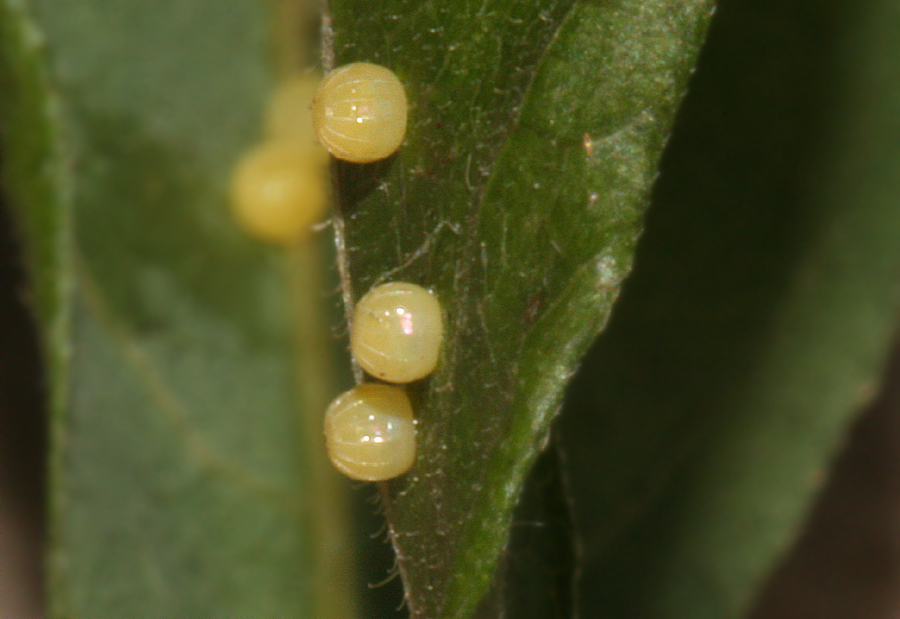
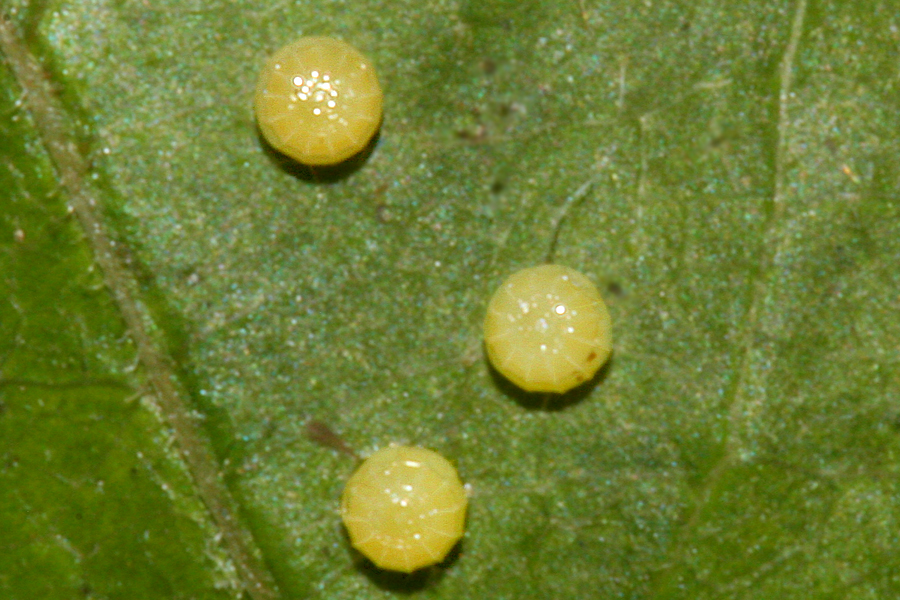
#1 First Instar - 9 September 2012 - 3 mm long
Constructing nest
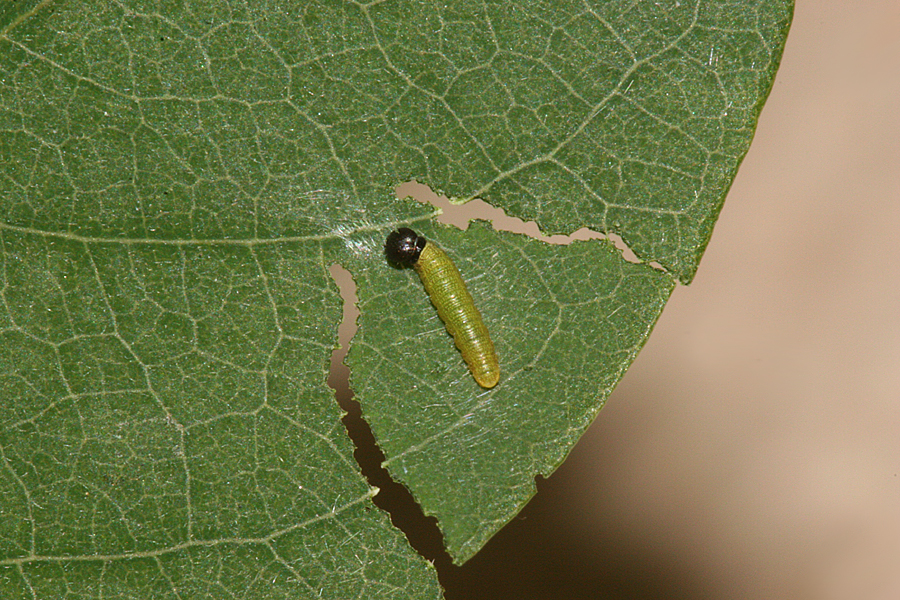
#1 Nest
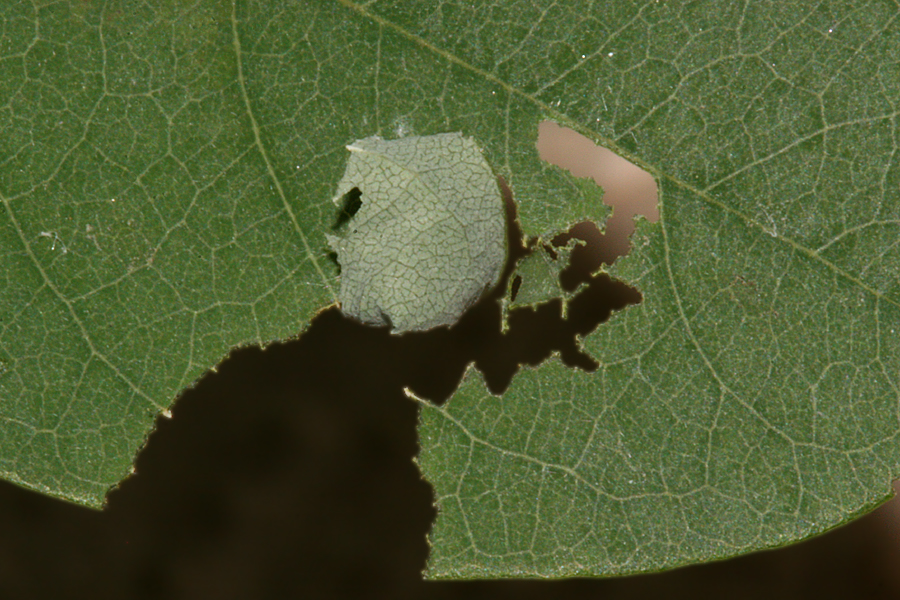
#1 Molted to Second Instar before 7 A.M. 13 September 2012 - Photo at 9:58 A.M. 4 mm long
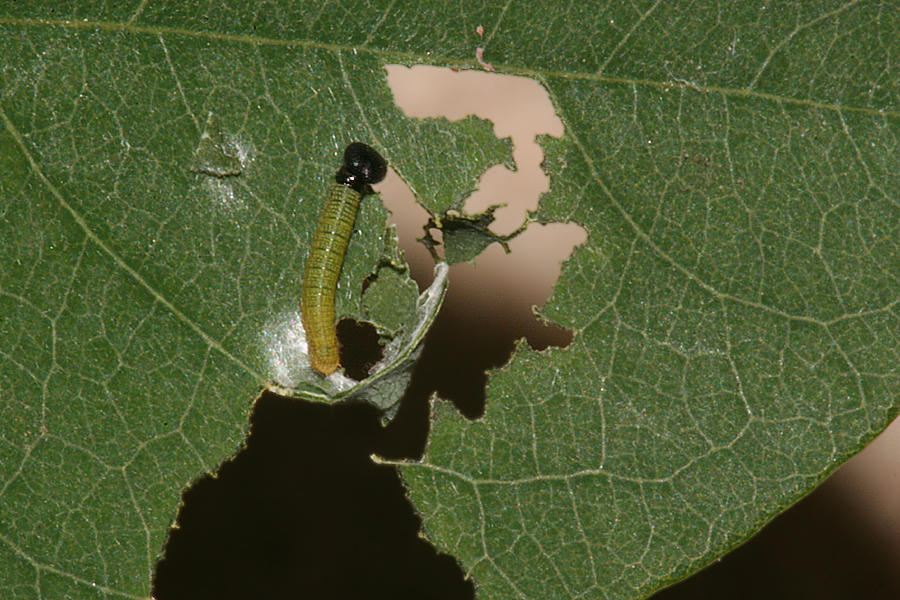
#1 Third Instar - 1 P.M. 17 September 2012 - Photos 18 September - 7 mm long
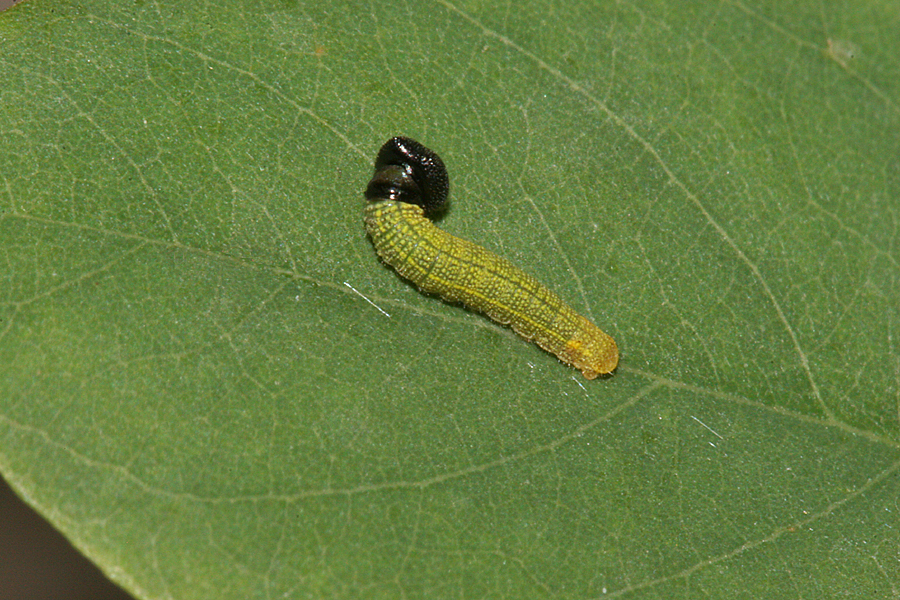
#1 Third Instar - 1 P.M. 17 September 2012 - Photos 18 September - 7 mm long
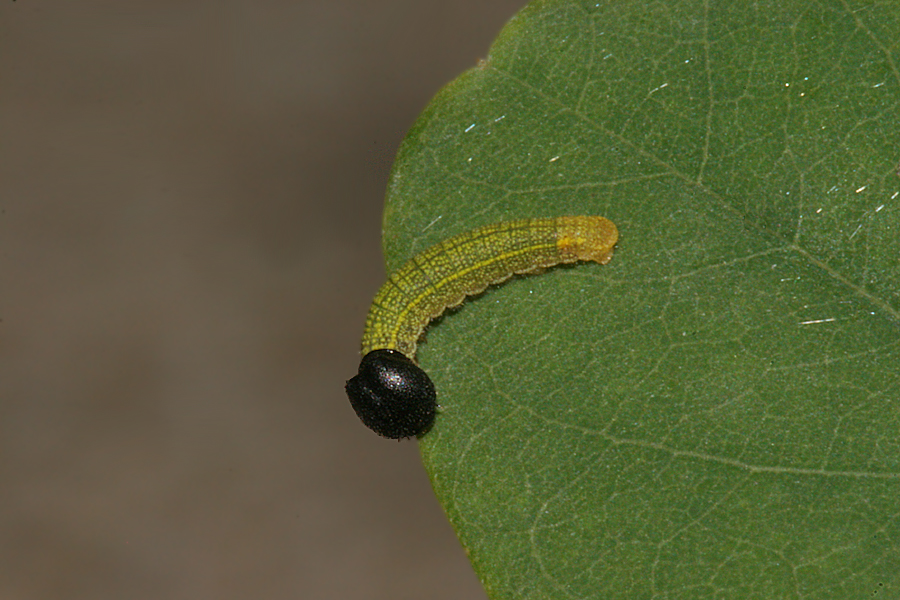
#1 Fourth Instar - molted before 3 P.M. 23 September 2012 - photo on 24 September - 12 mm long
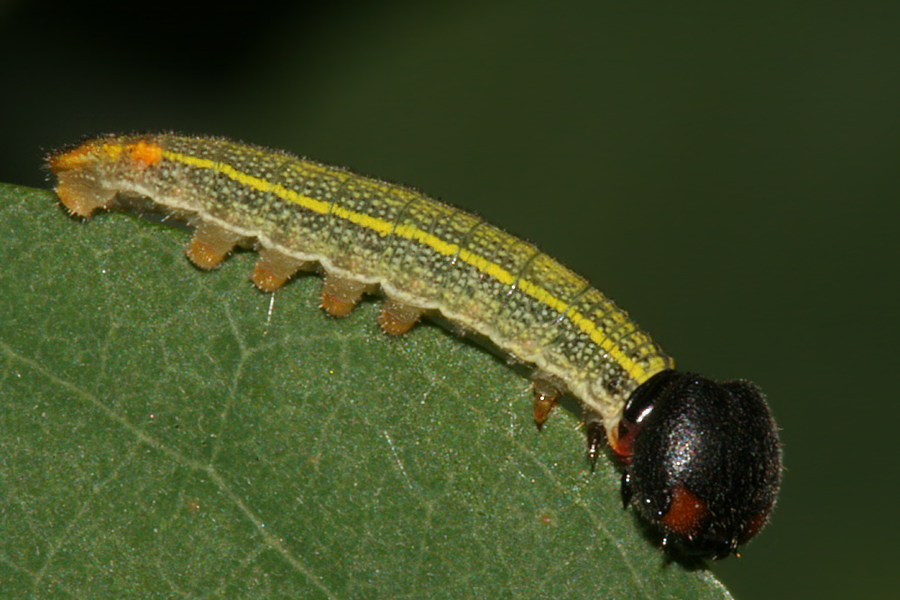
#1 Fourth Instar - molted before 3 P.M. 23 September 2012 - photo on 24 September - 12 mm long
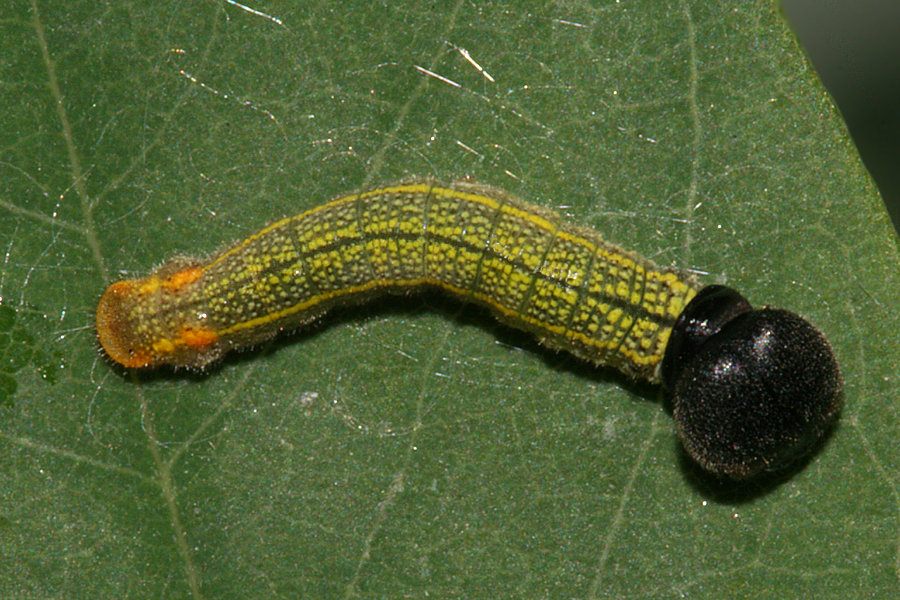
#1 Fourth Instar constructing a new "tent" after it was moved to a fresh host plant
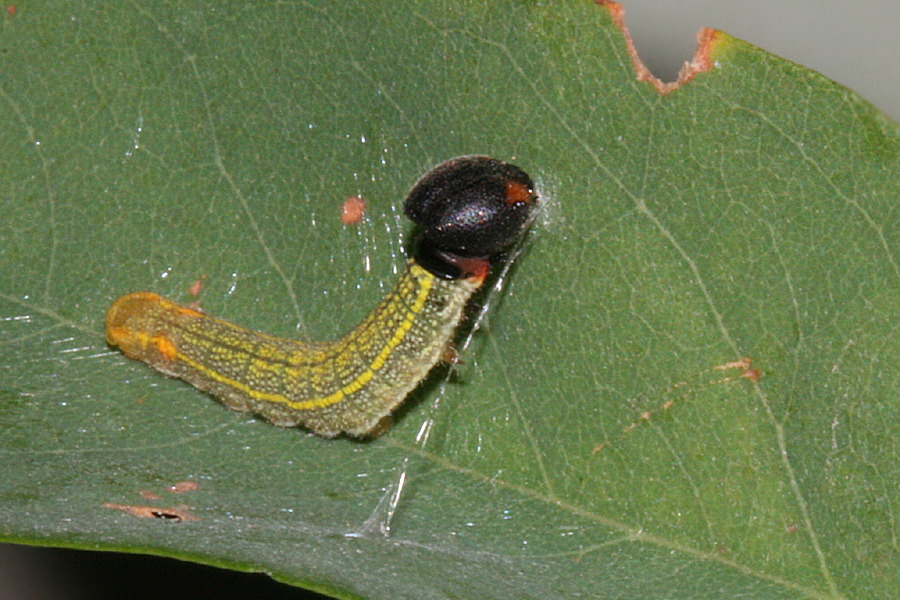
#1 Female Fourth Instar resting inside the "tent"
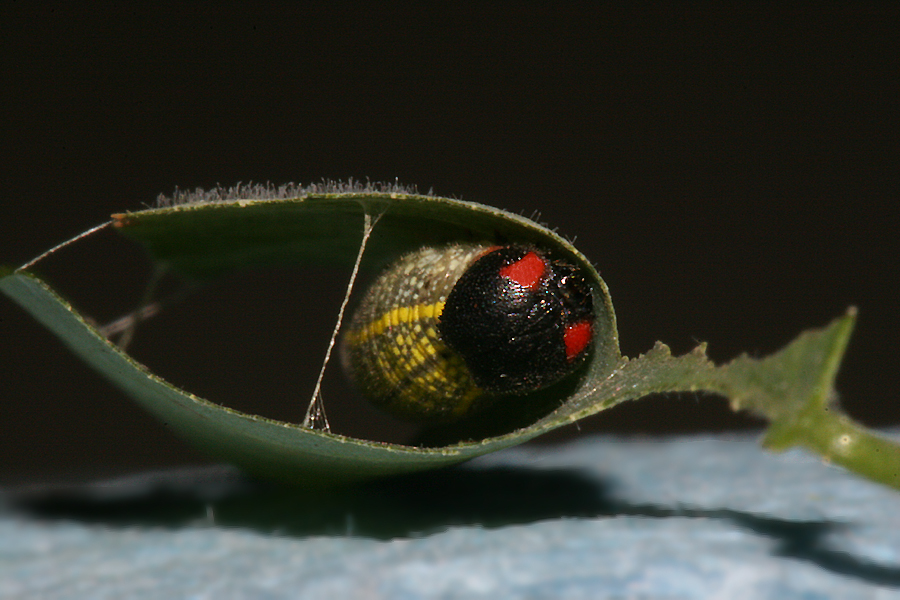
#1 Fifth Instar Female (no male testes visable on her back) - 25 mm long - Molted 30 September 2012 - Photo on 2 October 2012
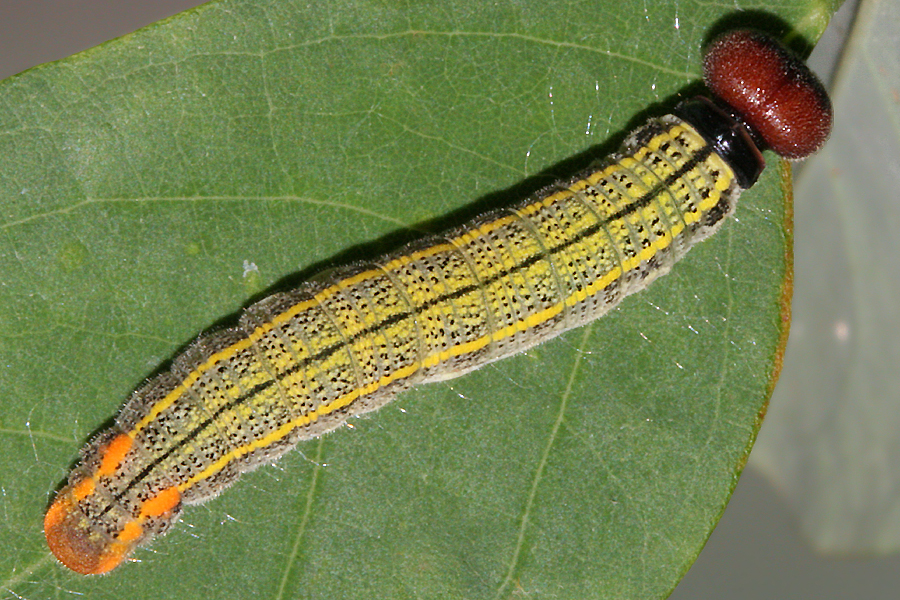
#1 Fifth Instar Female - 25 mm long - Molted 30 September 2012 - Photo on 2 October 2012
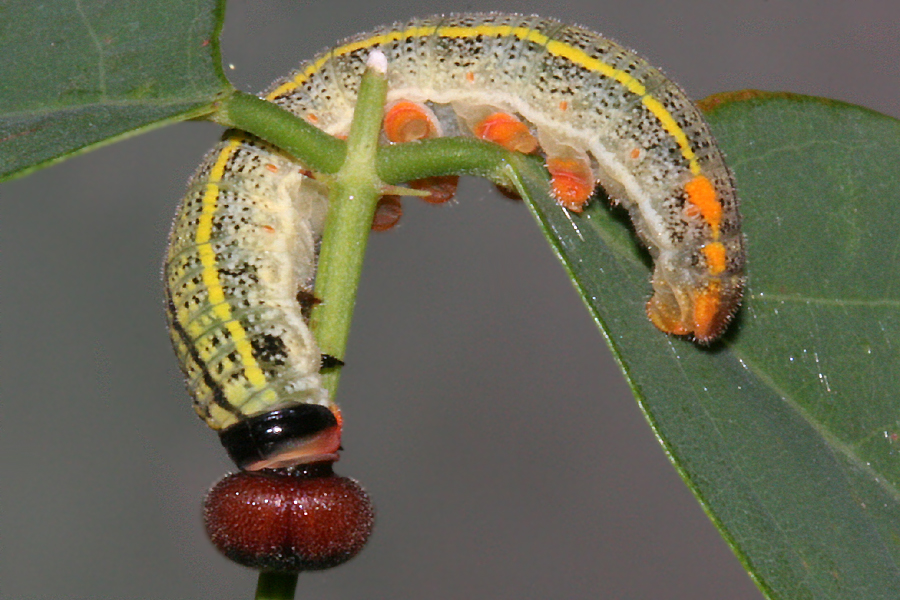
#1 Female Larvae 10 October 2012, 35 mm long
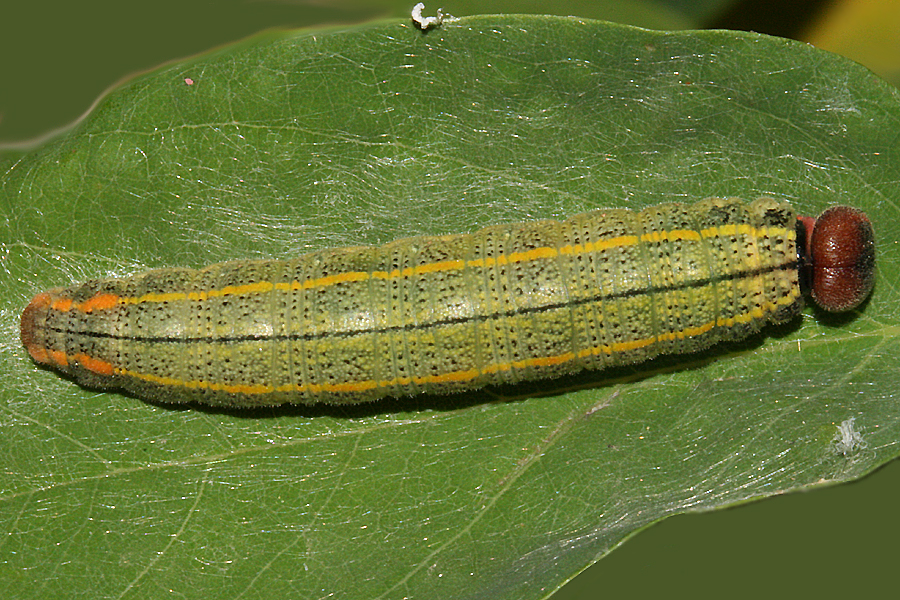
#1 Female Prepupa 11 October 2012
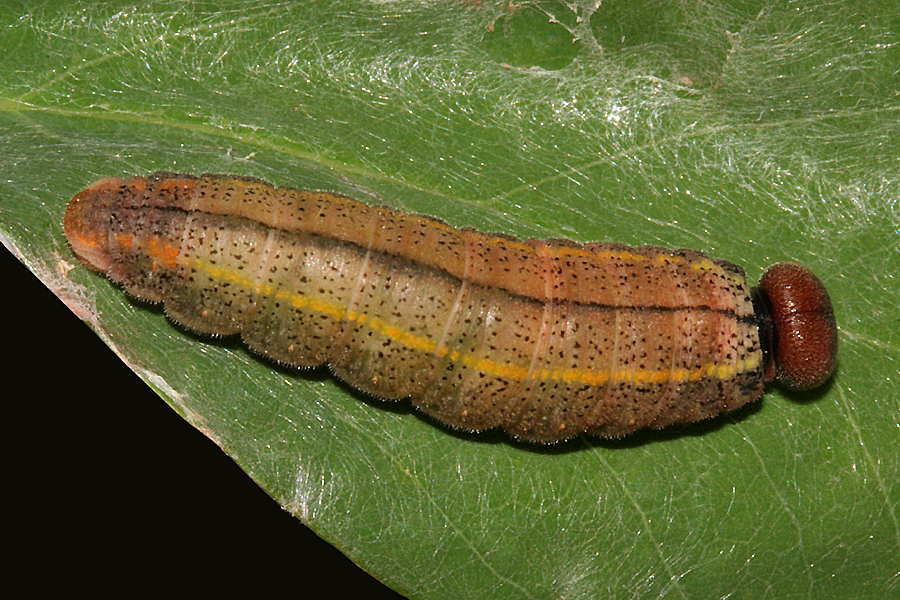
#4 Male molted to Fifth Instar 9 October 2012 - Notice the testes along the back showing orange through the thin skin of the caterpillar
noticable only as the males become 5th instars.
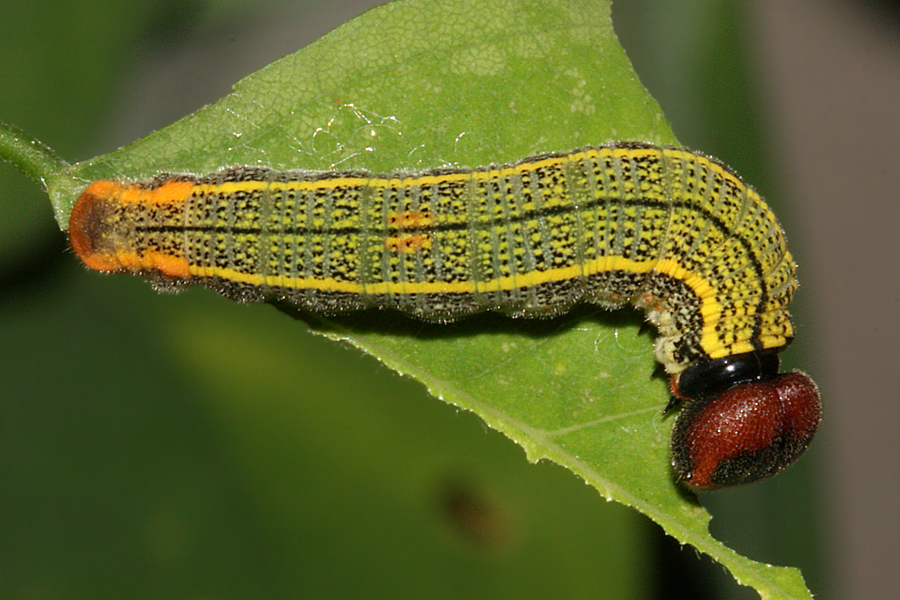
#1 Female - Formed pupa 13 October, photo on 14 October 2012 after the pupa produced a covering of a white, waxy powder
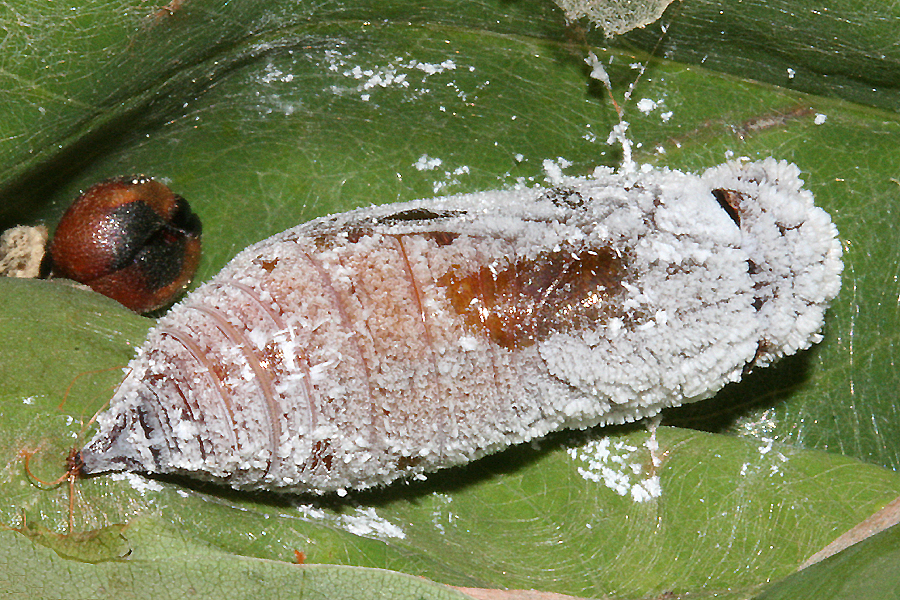
Female Pupa - 12:28 P.M. 26 October 2012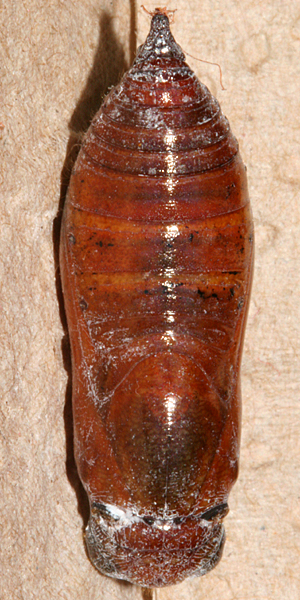 |
Female Pupa - 12:28 P.M. 26 October 2012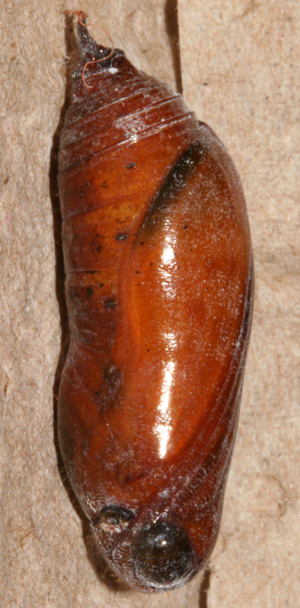 |
Female Pupa - 12:28 P.M. 26 October 2012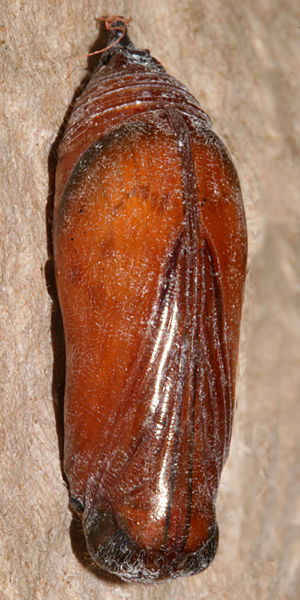 |
| Female Pupa - 8:51 A.M. 28 October 2012 Adult eclosed 10:44 A.M. 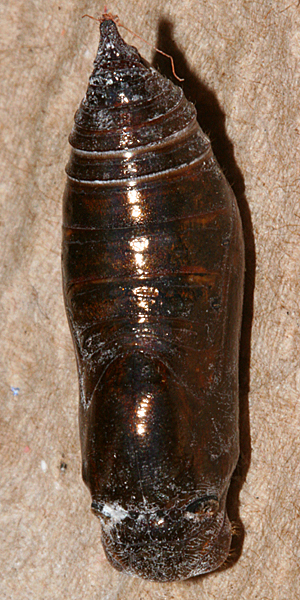 |
Female Pupa - 8:51 A.M. 28 October 2012 Adult eclosed 10:44 A.M. 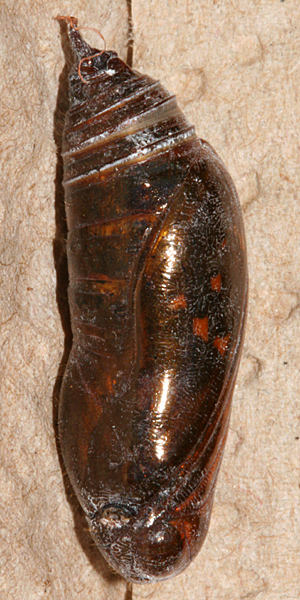 |
Female Pupa - 8:51 A.M. 28 October 2012 Adult eclosed 10:44 A.M. 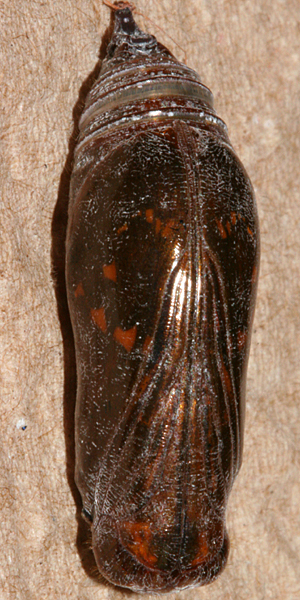 |
| PHOTO DETAILS - ©Nicky Davis LOCATION: #1 female located by Marc Minno, 1 September 2012, Gainesville, Alachua County, Florida, USA # 2 through 20 - Jeff Slotten located female 16 September, 2012, Gainesville, Alachua County, Florida, USA ELEVATION: about 183 feet PHOTOS: Ovum from female located 16 September #1 First instar 9 September 2012 - 3 mm - from female located 1 September 2012 (4 days as 1st I.S) #1 Nest - from female located 1 September 2012 #1 Molted to Second Instar on 13 September 2012 - from female located 1 September 2012 #1 Molted to Third Instar on 17 September, photo 18 September 2012 - from female located 1 September 2012. Seven mm on 18 September 2012. Eleven mm long on 21 September 2012 at 7 P.M. #1 lateral view - Molted to Fourth Instar before 3 P.M. 23 September 2012 - from female located 1 September 2012. #1 dorsal view - Fourth Instar #1 Fourth Instar resting in its "tent" #1 Molted to Fifth Instar 30 September and photo taken on 2 October - Fifth Instar - walking back to "tent" #1 Fifth Instar - turned onto the stem to go back to the "tent" - 25 mm long #1 Fifth Instar on 10 October, 35 mm long. #1 Female prepupa - stopped feeding 11 October 2012, changed color, became wider and shorter - 27 mm #4 Male Fifth Instar on 9 October 2012. #1 Female - Pupa formed 13 October 2012 - Photo on 14 October 2012 LIFE HISTORY: Ovum: Although other sources report eggs in clusters, these were oviposited singly on leaves of Desmodium paniculatum and took about 4- 6 days to hatch. Larva: According to the University of Florida IFAS Extension the larvae feed at night. These I reared fed during the night and day. A small "bouquet" using a film cartridge as the container was placed in a plastic tub with a wet paper towel in the bottom and another plastic tub over the top to retain humidity and heat. #2- #20 were kept at 80-85 degrees fahrenheit and under light for 14 hours per day. #1 was kept at that temperature and day length only after molting to fifth instar. #1 was kept at 75 degrees and 12 hours light for first through fourth instar. #1 fed a total of 32 days and grew from 3 mm to a maximum of 35 mm on 11 October 2012. Of the larvae kept at 80-85 degrees three fed 25 days, seven fed 26 days, two fed 27 days and 3 fed 28 days. The shorter feeding time was necessary since the host plant in this area will be freezing soon. Pupa: #1 Female pupa took 15 days to develop and eclose Adult: life expectancy unknown Broods: 2 or 3 Hibernation: According to the University of Florida IFAS Extension the adults can be seen migrating southward in the fall. They are unable to survive in areas with prolonged freezing temperatures. Host Plants: located on Desmodium paniculatum, oviposited on Desmodium paniculatum, Reared on Robinia neomexicana Back to Top |